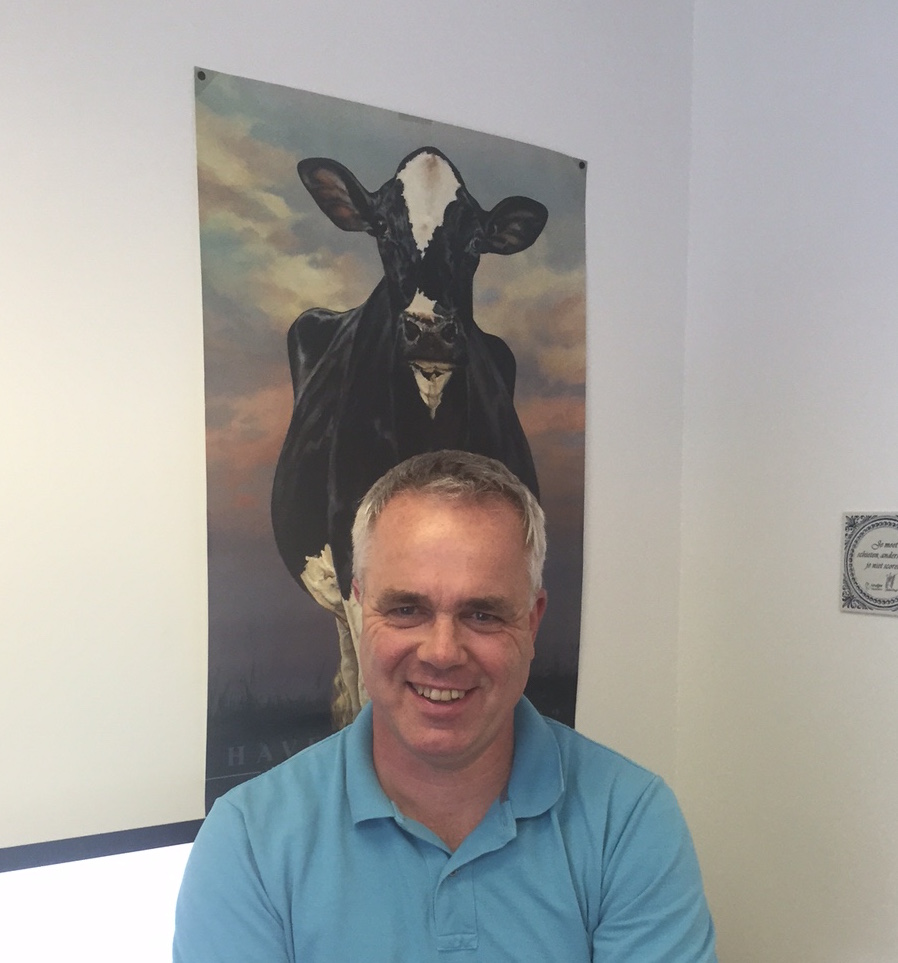Lab members

While growing up in a small town in The Netherlands I always hung out on a local dairy farm. Yes I did wear wooden shoes. This steered me towards animal science and in particular animal breeding and genetics while in college at what is now known as Wageningen Agricultural University. After completing my PhD in the same field with minors in statistics and mathematics at Cornell University I started working in the animal breeding by working for first the American Simmental Association and later the US Holstein Association. In my capacity as researcher for these organizations I was involved with the development of software and statistical methods to help identify genetically superior animals to be used for breeding. An important part of my job was outreach to farmers, in the US and abroad, to explain why our methods of evaluating their animals could help their bottom line.
In 2003, my family and I moved to the Pittsburgh area where I started working as a visiting research scientist in the department of Statistics at Carnegie Melon University. Through this I became involved with the genetics work going on at the Computational Genetic Group at Western Psychiatric Institute and Clinic. In 2006 I started working full-time as a research scientist for this group.
The focus of my research is on how statistical and computational methods can be used efficiently in deciphering the message that is hidden in large genetic datasets. Most of my efforts these days are focused on qualitative disease data but I always enjoy a good quantitative dataset. Diseases that I have been working on recently include autism, schizophrenia and Alzheimer’s disease.

My research focuses on the development of methodologies to detect nonlinear relationships between variables as well as their application to select important variables in high-dimensional data. Specifically, my recent published work (Moon and Chen, 2020, https://www.stat.pitt.edu/khchen/authorversions/IPRtau.pdf) focuses on the development of a new test of independence based on the measure which quantifies the association between variables in general space. As an ongoing project, we are working on the application of existing measures of dependence to select important genes for suicidal behaviors.
